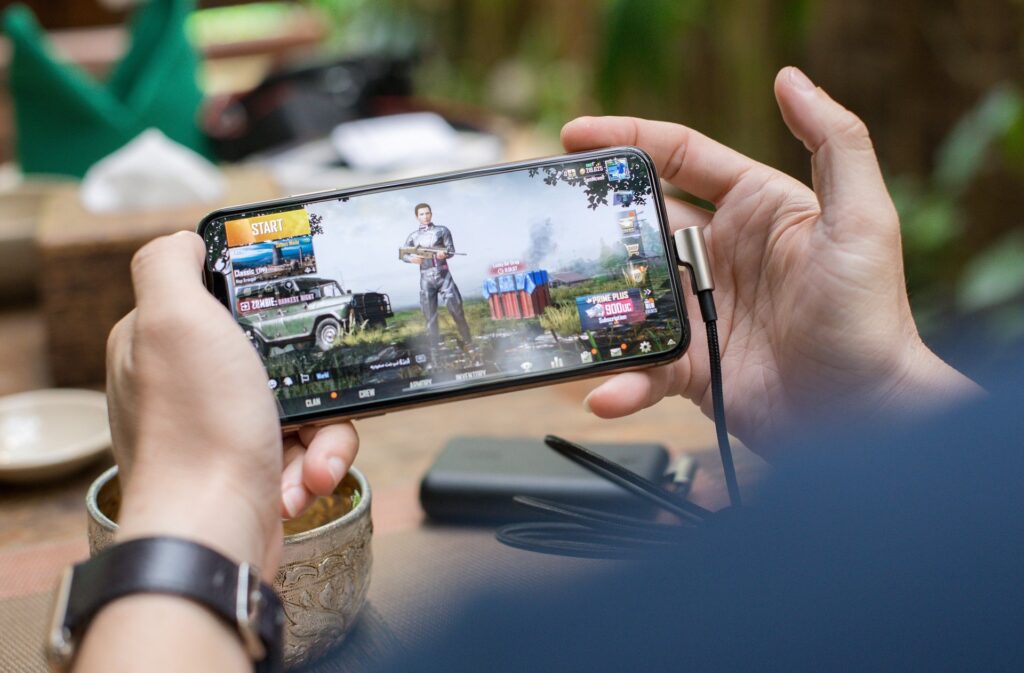
Last week, analytics group Sensor Tower released its first mobile game taxonomy report, a collection of data on last year’s biggest trends in the mobile gaming space. The biggest story was the COVID-19 pandemic, which had a marked impact on revenues and users in the sector. Most notably, the hypercasual genre made up 31%–nearly one-third–of all game installs in 2020 and grew by an enormous 123%.
The report notes that the hypercasual space has been steadily growing in recent years, but the coronavirus pandemic has clearly accelerated this trend in a big way. For Craig Chapple, mobile insights strategist at Sensor Tower, COVID-19 has cast a spotlight on a genre that was already booming.
“These titles are ad revenue-based, so publishers launch large user acquisition campaigns to ensure these titles reach as big an audience as possible, and hence make more money,” Chapple told GameDaily. “What appeals to players is that, for the very best hypercasual games, they are completely accessible to a wide audience with a very simple and fun core gameplay mechanic that are able to retain with limited features, such as a high score mechanic.”
It’s unsurprising, then, that lockdown efforts amid the pandemic would result in a massive surge of new mobile players. With people spending more time on their phones and tablets, and many of them searching for new forms of entertainment during quarantine, the hypercasual space has clearly capitalized.
While hypercasual retains the largest player base among mobile game genres, there is another segment that consistently generates more revenue. RPG and strategy games have historically commanded the most player spending, a trend that, as with hypercasual games, has been accelerated by the pandemic; according to Sensor Tower’s report, the top 100 mobile RPG games generated $18.7 billion in 2020, marking a 26% year-over-year growth.
“These titles typically monetize heavily and attract the most engaged players while ensuring they keep users busy with a host of regular, fresh content,” Chapple explained. “RPGs are particularly popular in Asia, where the top games such as Lineage 2, Lineage M, and Fate/Grand Order, generate hundreds of millions to billions of dollars. More recently, titles such as Moonlight Blade and Genshin Impact have really hit the ground running, with the latter becoming a huge international success that’s well on its way to $1 billion from the App Store and Google Play combined.”
Another standout genre is fashion games, titles like Project Makeover and Super Stylist that cast the player as a designer. According to the report, the fashion genre grew by 109% last year, hitting 991 million downloads. For Chapple, this trend offers fascinating insight into consumer trends
“Being able to see which themes are rising fastest offers fascinating insights into the market,” Chapple said of the genre’s growing popularity. “Looking at theme growth, we can get an insight into what really interests players right now, outside of just looking at the genre. By combining the two, we can then get a greater understanding of the driving forces in the market.”
The steady annual growth of the mobile games market has been well-noted over the last several years, but COVID-19 appears to have accelerated things, Chapple noted. As a whole, the mobile games market generated $79.6 billion across the App Store and Google Play in 2020, a year-over-year increase of 26.2%. Additionally, total game downloads grew 33% to 56.3 billion.
“The market is on the up each year, so growth would have been expected regardless, but what we saw last year was very much an outsized surge,” Chapple explained. “We still anticipate further growth this year and beyond.”
Sam, the Editor-in-Chief of GameDaily.biz, is a former freelance game reporter. He's been seen at IGN, PCGamesN, PCGamer, Unwinnable, and many more. When not writing about games, he is most likely taking care of his two dogs or pretending to know a lot about artisan coffee. Get in touch with Sam by emailing him at sdesatoff@rektglobal.com or follow him on Twitter.
 GameDaily.biz © 2025 | All Rights Reserved.
GameDaily.biz © 2025 | All Rights Reserved.